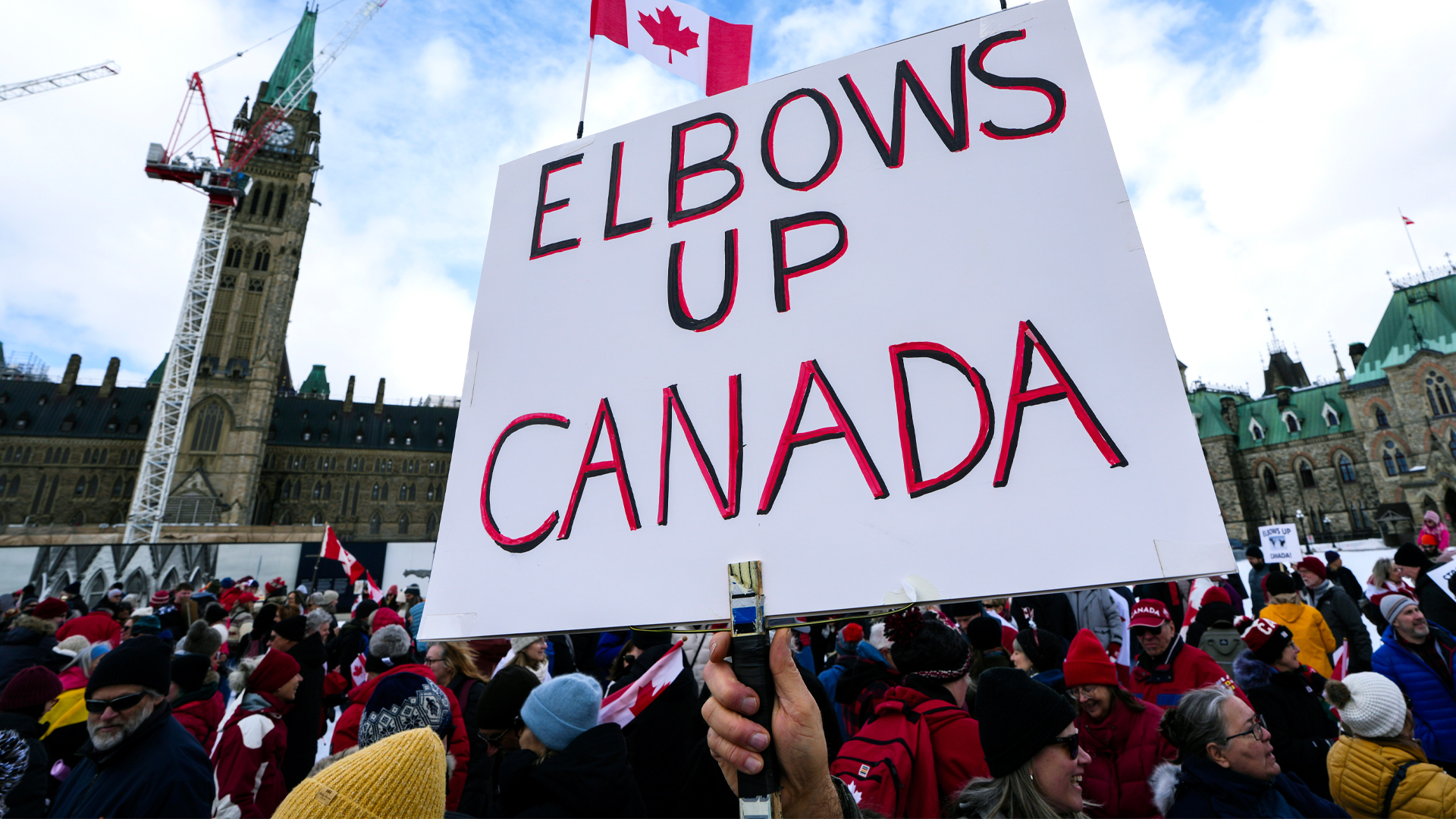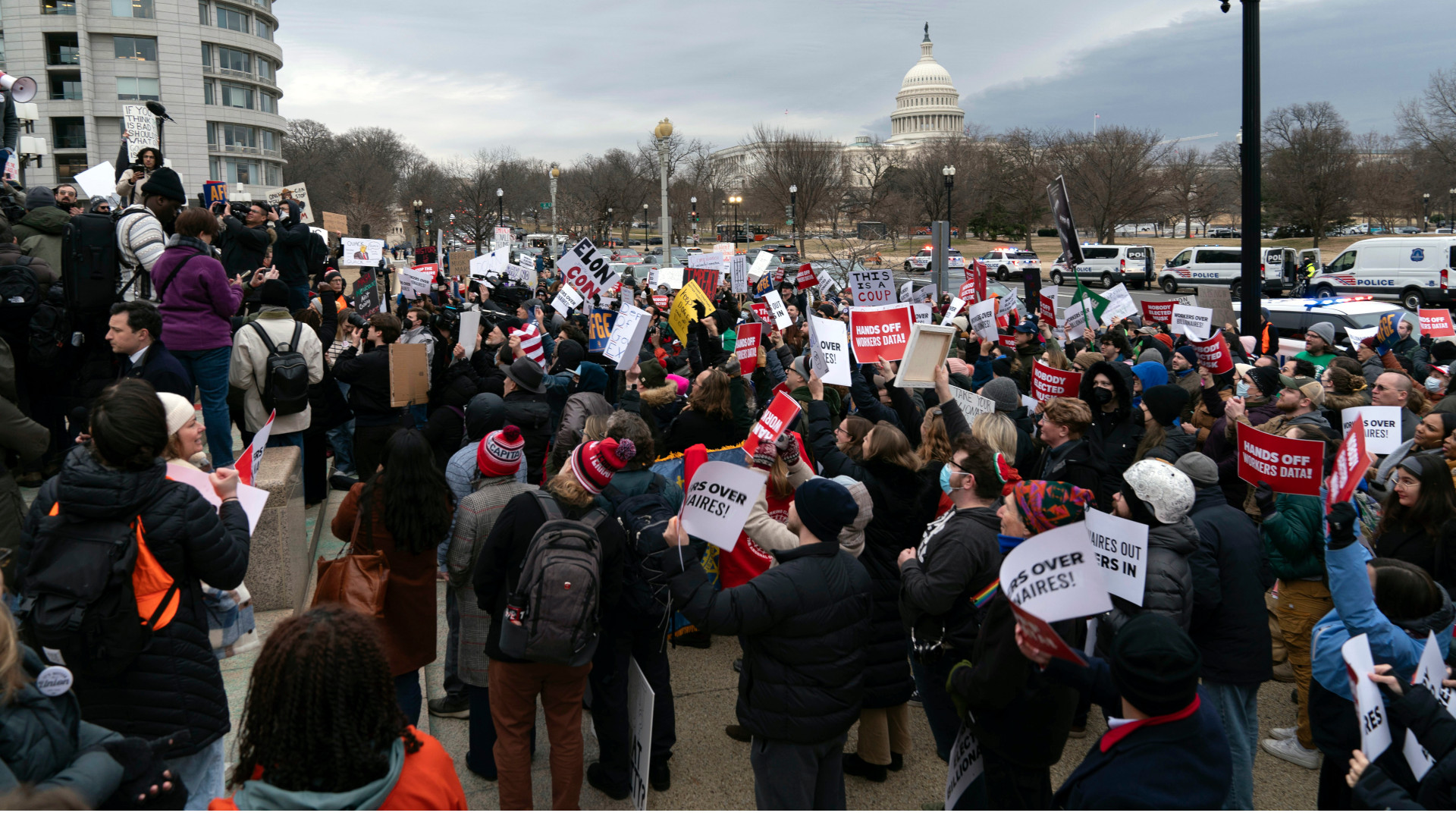
The future of the public service is one of the key policy issues of our time in both Canada and the United States.
Since the beginning of President Donald Trump’s second term, Elon Musk and his Department of Government Efficiency (DOGE) have launched a large-scale, misguided attack on the U.S. federal public service, indiscriminately firing thousands of workers before rehiring some of them because they are essential to nuclear weapons security and other key issues.
There has been pushback from the courts, unions, Democrats and even some Republicans but overall Trumpism has turned bureaucrats into political targets, branding them as part of a “deep state” working against Republican interests.
In a similar vein, Conservative Leader Pierre Poilievre’s rhetoric about the public service has been generally negative. For example, his approach mirrors right-wing populist movements in the U.S., framing public servants not just as inefficient but as an entrenched elite wasting taxpayer dollars and actively working against the agenda of right-of-centre elected leaders.
The growing partisan debate over public service size
The size of Canada’s public service has also increasingly become a core issue in partisan debates, but not just about efficiency or balancing budgets. As in the United States, it is part of broader ideological debates about the role of the state.
We, too, could see a further erosion of public trust in government institutions, mirroring the U.S. trend where watchdog agencies and oversight bodies are increasingly viewed as partisan actors.
What we need in Canada is a richer debate about government efficacy, recognizing that the effectiveness of public services is not merely a function of their size but is deeply influenced by how resources are managed, how projects are executed and how talent is leveraged.
The conversation about Canada’s public service needs to evolve from a simplistic focus on size – a metric easily manipulated for ideological purposes – to a more substantive dialogue about mission, governance and effectiveness.
Public service downsizing is not a new phenomenon. The Jean Chrétien and Stephen Harper governments each slashed tens of thousands of federal jobs as part of major changes in how Ottawa operates.
Yet, today, what was once a mostly technical discussion on public administration has been transformed into a political proxy war, with Poilievre railing against what he sees as a bloated bureaucracy. Meanwhile, newly elected Liberal Leader Mark Carney is pushing modernization and investment over mass layoffs.
Efficiency vs. ideology
The debate over Canada’s public service is no longer just about fiscal responsibility or government efficiency. Rather, it’s a symbolic battle over perceived political ideology, although both Poilievre and Carney agree the federal bureaucracy had become excessively large under Justin Trudeau’s leadership.
Poilievre’s messaging on downsizing is not just about fiscal responsibility or government efficiency. It is about reclaiming government from what he perceives as an inflated bureaucracy out of touch with ordinary Canadians.
His narrative, like that of most U.S. Republicans, paints bureaucrats as self-serving elites standing in the way of economic growth and individual freedom. Opinion polls suggest there is some public appetite for that narrative.
Carney’s approach signals a shift in Liberal strategy. Rather than ignoring growth in the public sector or, at best, framing it as the cost of a more helpful government, Carney wants to cap its size and increase efficiency through technological advancements, including AI and machine learning.
This signals a departure from the Trudeau government’s approach, which saw a 40-per-cent increase in the number of public service employees between 2015-24 (although a decrease in the share of total federal spending going to labour costs).
Carney is positioning himself as a pragmatist, rejecting both reckless austerity and unchecked government expansion. His message? Reform, not destruction. Carney’s emphasis on modernization and strategic investment rather than blunt cuts suggests a shift in the Liberal stance, likely designed to counteract the relative success of Conservative messaging.
This highlights how political actors constantly recalibrate partisan narratives based on shifting landscapes.
Getting beyond size
Interestingly, neither Carney’s nor Poilievre’s perspectives acknowledge that higher program spending and larger headcounts has not led to significant improvement in public service delivery, as shown by a recent analysis by Jennifer Robson, one of our co-authors.
This is a critical point. The effectiveness of public services cannot be accurately assessed by size alone. The simplistic equation of a larger public service with inefficiency, or a smaller one with effectiveness, ignores the complexities inherent in governance.
Effective public service requires a nuanced approach that considers not just the quantity of personnel but also the quality of services provided, the efficiency of processes and the outcomes for citizens.
Can Canada afford to cut the public service while Trump moves the goalposts?
While the Trudeau government expanded the public service, this did not necessarily translate into improved services. As Robson points out, this discrepancy suggests that merely increasing or decreasing staff numbers is not a panacea for the challenges facing public administration.
The focus, therefore, should shift from a binary debate over size to a more comprehensive discussion about efficacy.
This includes examining how public services are designed and implemented, how they adapt to changing societal needs and how they can be reformed to better serve the public without necessarily expanding or contracting the workforce arbitrarily.
Such a perspective moves beyond partisan talking points and addresses the real issue: delivering high-quality public services that meet the needs of Canadians efficiently and effectively.
This perspective would also better reflect nuanced public opinion. Concerns about government spending do not necessarily translate into support for across-the-board cuts. Instead, Canadians prioritize investment in essential services.
This is not just a debate about numbers on a balance sheet. It is a battle over the role of government itself.
By reducing it to a question of ideological alignment – big government versus small government, or populists versus bureaucrats – politicians risk weakening institutional legitimacy and public trust.
This also diverts discourse and resources away from the core issues affecting public service efficacy, including procedural barriers, resource constraints, and training and talent management.
Framing this debate as being over size makes for a slippery slope toward the deeply entrenched partisanship evident in the U.S. and toward an erosion of public trust in the public service.
Canada now faces a defining question: Will we follow the U.S. in politicizing public institutions? Or will we maintain a commitment to evidence-based, professional and accountable governance? The answer will shape the future of Canada’s public sector – and the country’s political landscape – for years.









